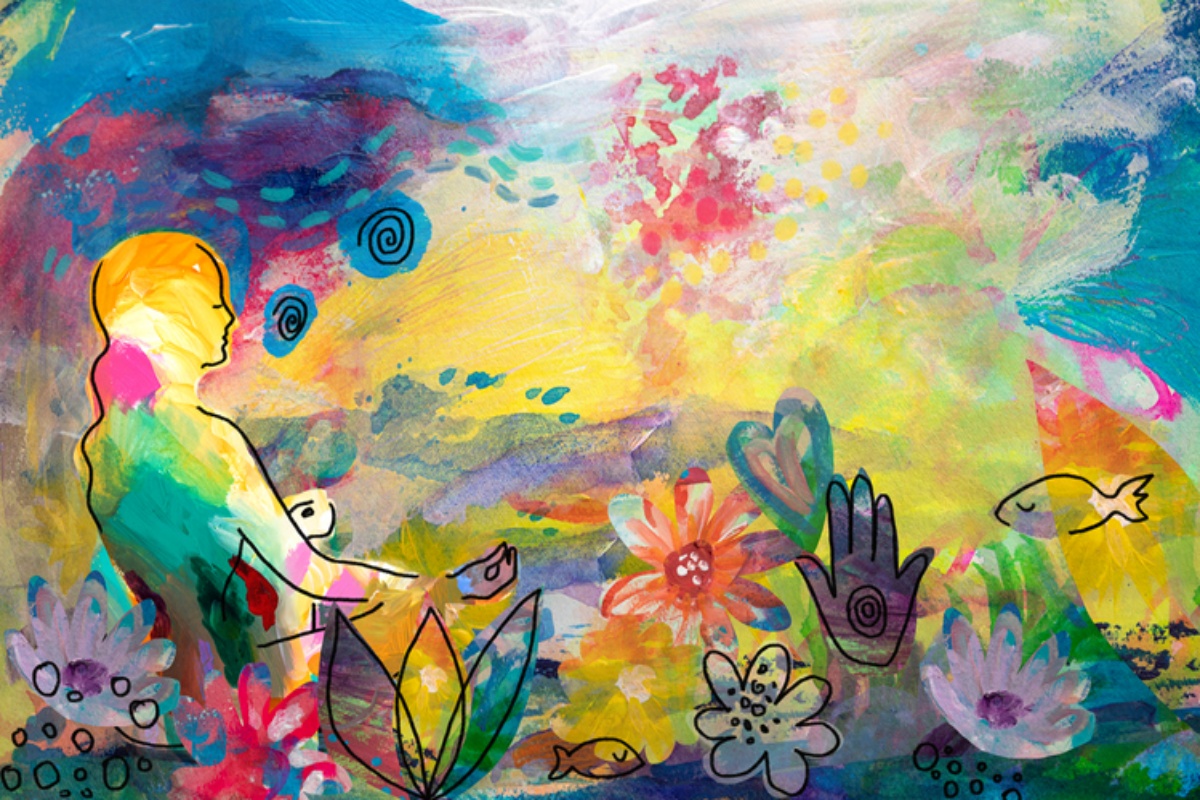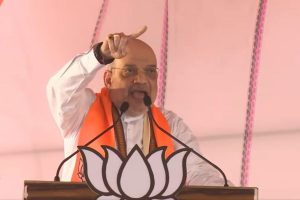Yes, humans are evolving, becoming ultra-modern and minimalists every day, choosing everything best for their personal growth and marching towards oneness. Yet today, we feel, we have forgotten something behind – the essence of naturally sustaining a healthy mind, body, and overall well-being of the planet and all its living beings. Modernism has cost us something…irreplaceable, maybe! That’s why the World is now sailing towards sustainability and alternative ways of healing and medicines. Yoga is one such practice to encounter with one’s own inner dimensions.
The ancient wisdom of the human body and mind is becoming a trend among new generations, be it Zen teachings, Buddhism or Falun Gong, etc. where yoga has remained one such way of life. Globally, people are picking meditation and different ways to find their lost selves again. It is said that Yoga brings harmony between the human body and mind it has become the need of the hour of the ultra-modern society.
Advertisement
What is Yoga? A union, the Sanskrit term yoga is derived from the Sanskrit root “Yuj”– to attach, to harness, yoke (English). Originated in ancient India. It is a group of physical, mental, and spiritual practices or disciplines. The term is defined differently in different Indian philosophical and religious traditions. In all, yoga is about connecting with your own body, mind, and soul; and then finding a balance between them all.
Moksha (liberation) is the ultimate goal of yoga, to discover your innermost self and then finally achieve a state of pure awareness. “Yoga is the calming down of the fluctuations/patterns of consciousness”, as defined by Yoga Sutras of Patanjali.
Unlike other communities of fitness and health rooted in -the “no pain, no gain” ideology, Yoga’s main aim is ahimsa (nonviolence). In this practice, you don’t push yourself beyond your own limits. You accept your limits and then breathe deeper and deeper, and effortlessly to become better. Yes, this requires you to be patient with yourself, and indulge yourself in regular practices and flow.
So once you will start doing yoga, you’ll yourself realize within a month of practice – a state of calm and peace, a moment akin to self-discovery, you will find connection and control between your own body and mind. With a regular routine, you’ll learn to balance and stretch your whole body using various breathing techniques, meditation, and self-awareness.
With the changing times, many forms of yoga practice have emerged from different countries and cultures. From Kundalini yoga, ariel yoga to power yoga. You might have even seen these forms of yoga in yoga class schedules–or tried–many modern forms of yoga: hip-hop yoga, naked yoga, pilates, etc.
Let’s find the basic types of yoga forms and then you can decide which one you want to pick for yourself.
Kundalini-Yoga: In Vedantic culture, the term translates to “life force energy” (prana or chi), which is said to be tightly coiled at the base of the spine. Kundalini yoga techniques are designed to unlock this ‘prana’ energy to bring more life to us. With various kinds of chantings, meditation, and spine practices the energy starts to flow through all chakras. A process to reach spiritual perfection. It reduces stress and negativity from our bodies. Kundalini is believed to be power associated with the divine feminine.
Vinyasa-Yoga: When movement is paired with the breath is called Vinyasa yoga, also known as flow yoga. Moving from one posture to another seamlessly using breaths. It is good for beginners (who have never tried yoga before) and is very common. Just the opposite of the ‘Hatha’ form, where you focus more on one posture, whereas in Vinyasa you move your body continuously with your breaths. It has many variations, and you will see every class or session is different from the other. If you want more movement than stillness–opt for Vinyasa.
Hatha-Yoga: The Sankrit word Hatha means ‘force’. This practice requires more patience as you need to hold the poses for longer periods of time. While you hold the poses and breath deeply, you maintain balance and coordination between the mind and body. The two sides of the body–right and lefts acquire balance too as you practice Hatha. It makes you more strong and more flexible, mentally, and physically using your own breaths, concentration, and body. It is generally intense and slow.
Ashtanga-Yoga: The style contains spiritual components, and is energetic, synchronizing breath with movements. Ashtanga practice is definitely not for beginners, Your body and mind must be strong before you start with this one. Only after your body, senses and organs reach a level of stability and balance then it is advised to perform Ashtanga. Each person moves at their own pace and growth point.
Yin-Yoga: This is a slow-paced practice of yoga, incorporating principles of traditional Chinese medicine. Poses are held for a minute and gradually with regular practice, the poses are held for five minutes and more. It improves flexibility as well as increases circulations in the joints. Yin form targets the body’s connective tissue. If you want strong and flexible muscles and joints, then the Yin form can be really beneficial. After a heavy workout session, it relaxes your body.
No matter how modern we become, our essence and roots can never be changed. The downfall of human mental and physical health has asked us to choose the older ways of living and to get again in touch with nature, raw food, cotton clothing, copper water bottles, and wooden utensils, and to get rid of everything processed and anything that is harsh on us or the environment.
(Akanksha is a certified, Skanda Ayur Yoga Mentor)
















